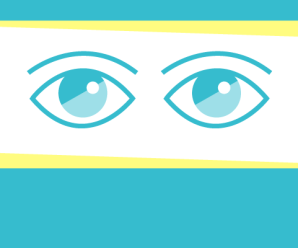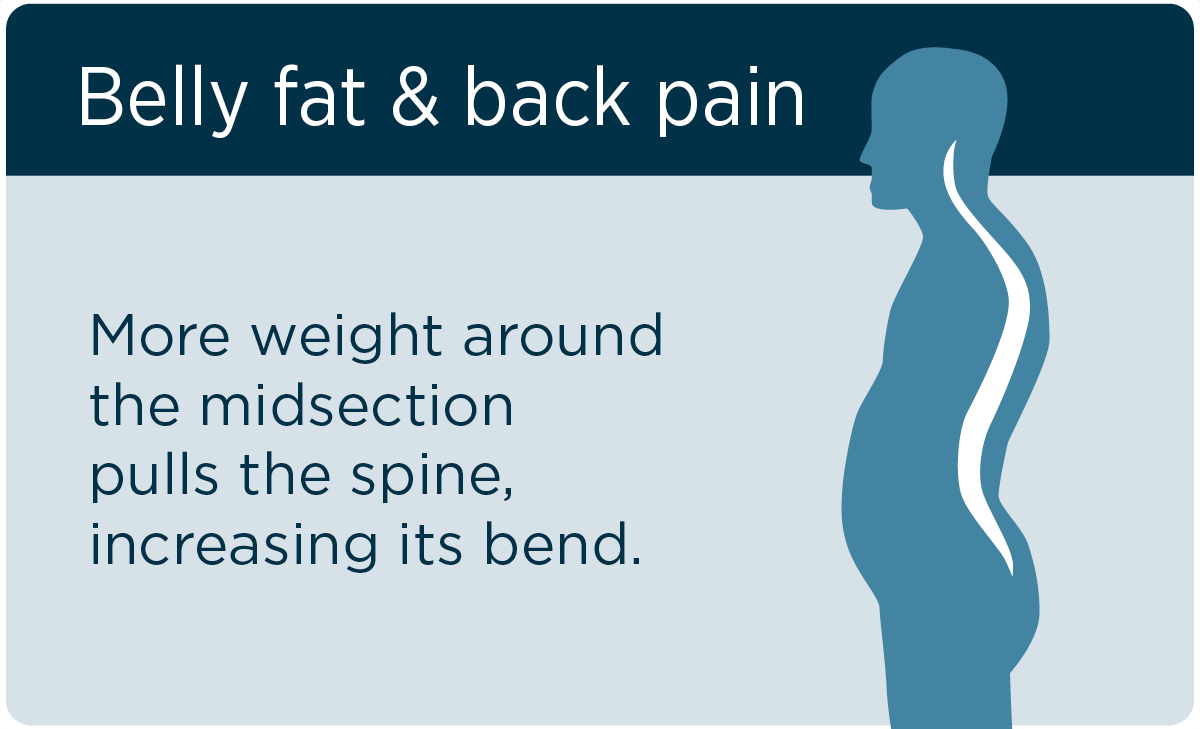
Sometimes confused with hoof-and-mouth disease, hand-foot-and-mouth disease has nothing to do with farm animals and everything to do with young children.
Dr. Alissa Murch, a pediatrician at Marshfield Clinic Weston Center, described hand-foot-and-mouth disease as “a viral infection that is most often seen in infants and children less than 10 years of age.”
While usually not a cause for serious concern, here is important information to know about hand-foot-and-mouth disease:
1. Signs and symptoms
Children who contract hand-foot-and-mouth disease may have symptoms like fever, sore throat, skin rash; and tiny blisters in the mouth, fingers, palms of the hand, soles of the feet and in the diaper area. Dehydration is possible, because hand-foot-and-mouth disease can cause pain while swallowing, leading kids to drink less fluid.
A physical exam, Murch said, is generally all that is needed to diagnose a child with hand-foot-and-mouth disease.
2. Adults can get it, but not commonly
Murch said while it is possible for adults to get hand-foot-and-mouth disease, toddlers are the age group where the virus is most commonly seen.
“Typically, most people have had it by the time they’re adults, and it’s one of those viruses that usually, if you get it one time, you won’t get it again,” Murch said. “I have seen a few cases where adults have had it, and those involved parents whose kids have had it.”
3. Coughing, talking and sneezing can spread the virus
While places like childcare centers can be hotbeds for hand-foot-and-mouth disease, Murch said it’s possible for the virus to spread in any environment because it transmits in much the same way as the common cold.
“It comes from contact with respiratory secretions,” Murch said. “When kids cough or talk or sneeze, they expel these large droplets, which are then touched and rubbed into other children’s eyes, mouth or nose.”
4. Treatment is only for symptom relief
Hand-foot-and-mouth disease is generally mild in severity, though there is no treatment to actually rid your child of the virus.
“It’s just symptomatic treatment,” Murch said. She recommends a few different treatments for various symptoms:
- Treat pain or fever with Tylenol or Ibuprofen.
- If rash is present, make sure your child drinks lots of fluids.
- A one-to-one mixture of Benadryl and Maalox can help a sore throat.
Children should be kept home from school if they have a fever or are made uncomfortable by other symptoms. If you would like to speak with a doctor about your child’s symptoms, contact your pediatrician.






Leave a Reply